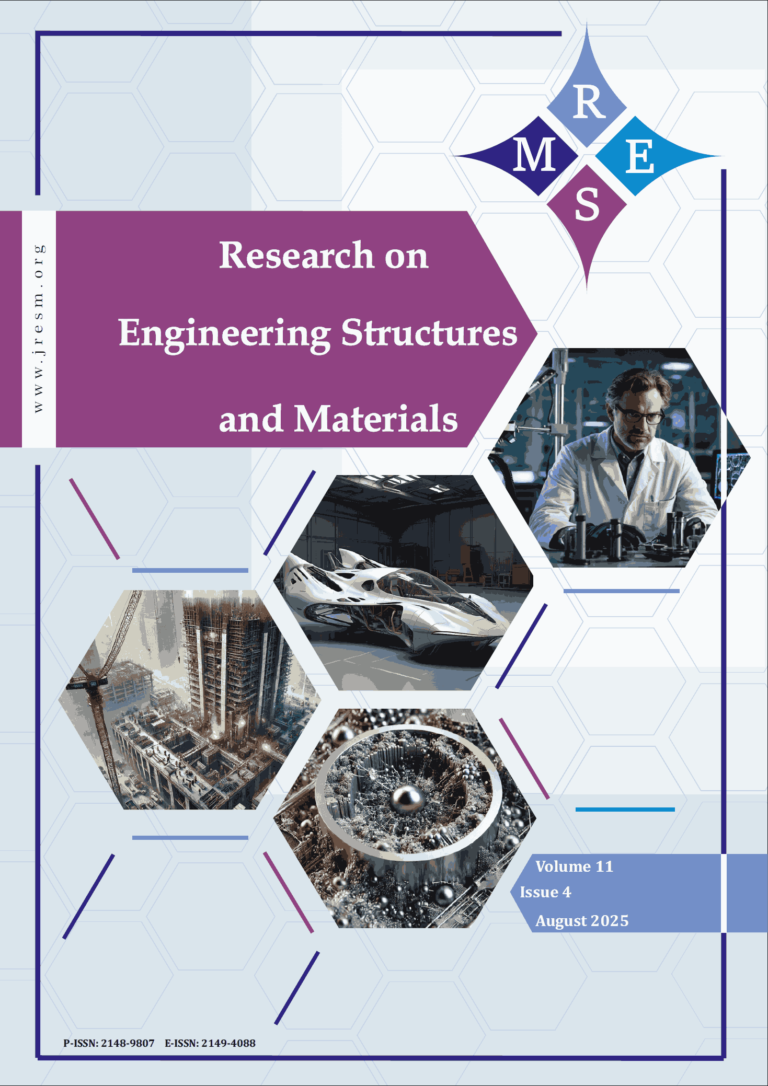The seismic vulnerability assessment represents an important step in monitoring the buildings’ capacity and checking their performance during and after earthquake events. The Nonlinear Time History Analysis (NL-THA) is considered the most reliable method that is used to calculate the exact structural behavior of any building. However, this sophisticated method is known for its complexity, the use of Finite Element (FE) software, and computational time consuming, especially in the case of tall buildings. For that reason, An Artificial Neural network (ANN) is used to develop a new model able to predict the essential Engineering Demand Parameters (EDPs), i.e., the Maximum Base Shear (MBS), the Maximum Inter-story Drift (MIDR) and the Maximum Roof Drift Ratio (RDR). Unsupervised algorithms such as the Principal Component Analysis PCA and the Autoencoder are coupled with the ANN to reduce the dimensionality, improve the dataset quality, and reduce the irrelevant features. More than 192,000 buildings are analyzed using the NL-THA and eighty artificial ground motions (GMs) to generate the dataset. The buildings’ characteristics are generated randomly from the selection range. The results showed that the Autoencoder-ANN model represents the highest performance compared to the PCA-ANN and ANN models. The Autoencoder-ANN model could quickly and accurately predict the seismic responses of unseen ground motions using only the building’s characteristics and the GM parameters without using any FE software.
